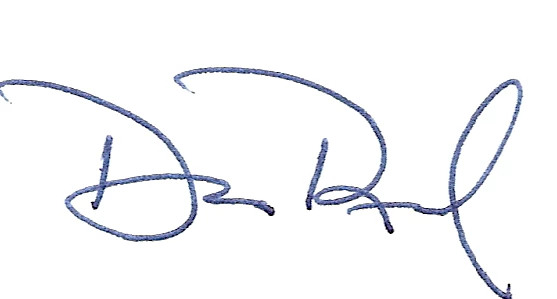A Consistent Process Is the Key …
Requiring a menu presentation to every customer breeds consistency and insures that every customer is treated the same, meaning that each and every customer receives a feature/benefit presentation on all of the products contained in the menu. Starting today, why don’t you install this same process in your Service Department?Menus are an effective tool in your Finance Department and they can be just as effective in your Service Department. Here are your 5 Steps to properly install your Maintenance Menus:
- Design and produce your own menu
- Train your Service Advisors how to make a feature/benefit presentation
- Require this process to be followed with every customer on every visit
- Measure menu sales for each Service Advisor
- Hold your Managers and Advisors accountable for their performance
Designing a Maintenance Menu can be very time consuming if you do it right but I can assure you the time will be well spent.
How to Design Your Menu …
You can choose to design a paper menu or you might prefer electronic. Technology is a wonderful thing when it’s used properly. I prefer the electronic menus which require nothing more than an internet service. The value of on-line electronic menus is less cost, better pricing flexibility, easy to use, 100% accountability tracking for Advisors, customer friendly and they are available 24/7 for your customers.
Research shows that on-line menus partnered with an on-line appointment process will generate about 20% more in sales per repair order than those written by your Advisors. Do the math in your store and you’ll probably see the opportunity to add at least $50 per repair order. The fact is on-line customers will go to your on-line menu and “sell themselves” because 100% of the customers are presented the menu when they log in. It is not an option.
Your Starting Point
All Maintenance Menus should start with the manufacturer’s requirements and recommendations based on months in service and/or mileage.
From there you must add services for local driving conditions as well as the customer’s own driving habits. For example, the driving conditions in Mesa, Arizona are not the same as Bangor, Maine and a 4X4 three quarter ton truck owner towing boats in Port Arthur, Texas does not have the same driving habits as one in Casper, Wyoming who’s hauling a horse trailer in the mountains.
Training Your Advisors
Training your Advisors on how to make a feature/benefit presentation starts with taking a plain sheet of paper and draw a line down the middle of the page. On the left, you should list all of the features outlined in your menu. On the right, list the corresponding benefits of each feature, which are the reasons a customer will say yes to a menu presentation.
Remember your Advisors must understand that customers only buy benefits—they don’t buy features. An example would be a Tire Rotation. Nobody wants to buy a Tire Rotation (Feature) but they do want to have longer lasting tires which saves them money (Benefit), and that’s why they say “yes” to buying a tire rotation. Electronic Menus also have full color video feature/benefit presentations that enable the customer to actually see the benefits as well as hear them.
Establishing the Process
Now you must require every Advisor to follow this process every day with each customer they greet both warranty and customer pay. This is not an option for your Finance Producers and it should not be an option for your Service Advisors. In other words you don’t just offer a menu to those customers that you think might buy, you give every customer the opportunity to buy.
You will never get 50% Service Contract penetration in F&I by offering them to only those customers who might buy, right? Everyone gets the opportunity to say “yes” to an upsell. It’s no different in Service. Your Advisors can’t achieve a 50% closing ratio on menu sales by only presenting to those who might buy. Every customer, every day gets the opportunity to say “yes.”
Measure & Manage
You can’t manage what you don’t measure so it’s imperative that you keep a record of each Advisor’s sales performance. I’m talking about $ Sales per RO, Hours per RO, Profit Margins on Parts and Labor, Effective labor Rate, Closing Ratio on Menu Sales and Closing Ratio on Inspection upsells.
You’re most likely measuring every measurable statistic in your Sales/F&I department every day so start doing the same for your Service and parts departments and then you will have complete accountability for their individual performance. This of course leads to one of my favorite subjects called “compensation” which we’ll address in another article.
Success!!
These 5 steps will boost your bottom line starting with day one. Your customers will become trained on how to pay attention to preventative maintenance which will give them a much more pleasurable ownership experience and save them money over time. If you doubt me, just go visit any aftermarket service facility and observe their processes since they now own 84% of the parts and service business in America.
Call me toll free at 1-888-553-0100
Or email dreed@dealerprotraining.com.

Don Reed
CEO-DealerPRO Training

